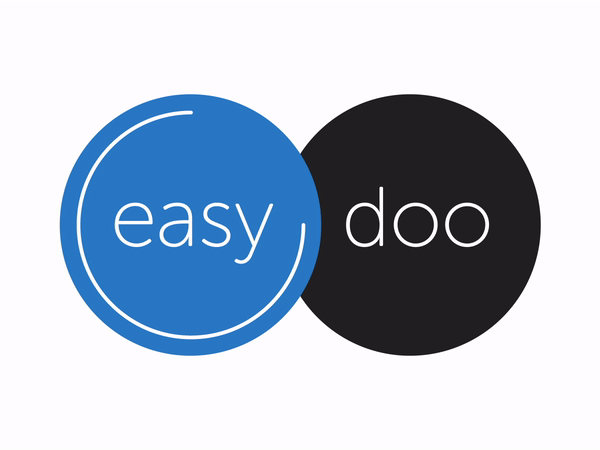DESIGN THINKING METHOD - LISTEN AND FIND BETTER SOLUTIONS
- Simea Merki
- Nov 19, 2019
- 3 min read
Problems can be solved in different ways. There are thousands of strategies. But something is often missing: the problem is not really understood. The Design Thinking method focuses precisely on this challenge.
In this blog, we will explain the design thinking process to help you find a solution!
The design thinking process has six steps:

Inhaltsübersicht
#1: To listen
#2: Define the problem
#3: Collect ideas
#5: Testing
Advantages
Disadvantages
#1: To listen
You find out exactly what the target group's problem is. For the time being, without thinking about the possible solution. Observe and question the target group. Get rid of operational blindness, forget your own views.
How you ask your questions is important. Don't ask questions about a solution. So don't ask: "What's missing?" or "What would solve your problem?". Better: "What's bothering you?" and "What's wrong?". Your suggested solutions are not important at the moment. Concentrate on the problem. You need to know exactly what needs to be solved. Not yet how.
#2: Define the problem
Tidying up. What is the problem? Where and when do difficulties arise? Problems are also called "pains" in design thinking. Summarise the findings from step one.
#3: Collect ideas
Now it's time to solve the problem! Don't think about the costs, don't think about old solutions. Who dares, wins. There is room for all ideas here. Involve other creative minds and break with your habits.
#4: Prototype
Build prototypes from two or three ideas. Test the prototype in real life. A prototype must work under real conditions. Invest time, labour and sweat. That way you will notice any errors early on before too much money is spent.
#5: Testing
Back to field one. To your target group. Give them your prototype and let them test it. Have people record their experiences. Based on this information, you can decide on the best prototype. You develop this further and then have the target group test it again. You repeat these steps until the product is really good from the perspective of your target group. Then it's time to implement it.
It is also possible that all prototypes are inadequate because they do not solve the problem. Then it's time to try out new ideas again!
#6: Implement
You've done some good groundwork. Yay, now you can implement it! And you already know that your product has what it takes to solve the problems of your target group!
And once the result has been realised, you can start all over again. Listen to the target group and find out whether there are still problems. Now you can aim for a second version!
Why Design Thinking?
Advantages
The six steps are clear and easy to understand.
You can avoid spending too much money on something that does not solve the problem.
The target group (customers, users) is involved.
You learn: "Mistakes help us move forward and we learn from them." This positive attitude towards imperfect concepts and any failed attempts motivates people to try things out.
Innovative ideas are part of the process.
Disadvantages
It is not possible to set a fixed budget.
The process continues without a clear goal.
The prerequisite is that all those responsible are familiar with the design thinking method. This is because the budget is not precisely defined until the end product. After all, you want to create something that is needed. And not something that costs little. Or, in the worst case scenario, something that costs a lot but doesn't fulfil any needs.

Comentarios